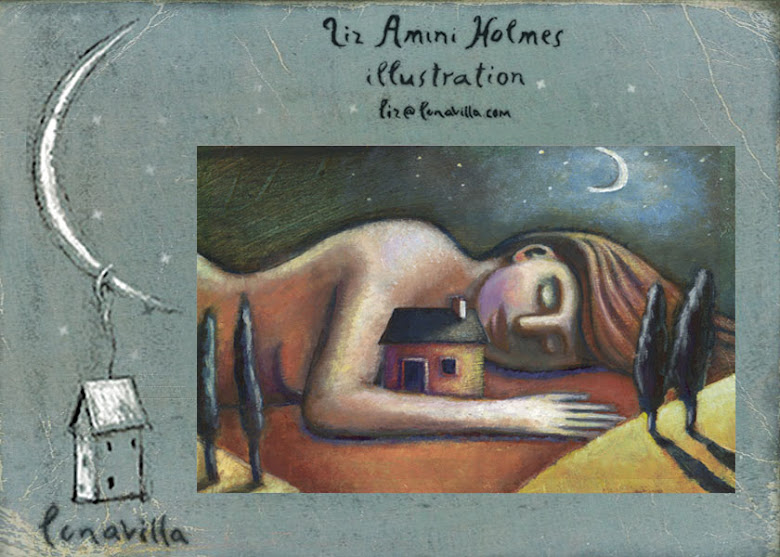I was wondering if you would be able to tell me exactly what and how did the story inspire your illustrations?
Firstly, thank you for inviting me to talk about Fatty Legs!
I was paid the highest compliment by being offered the book Fatty Legs to illustrate, as the story of residential schools where the abuse children experienced is such an important topic. Working on Fatty Legs I learned so much about the Inuit’s strife during this dark time in Canadian history. The forced the assimilation of the Aboriginal peoples in Canada into European-Canadian society by separating children from their families is a horrifying notion along with the painful legacy they must endure throughout their lives.
I was captured by the strong imagery in manuscript when I read this passage “They plucked us from our homes on the scattered islands of the Arctic Ocean and carried us back to the nests they called schools…” as well as “the spectacle of the strange dark-cloaked nuns, whose tongues flickered with French-Canadian accents.” Eerie!
So much of Christy’s words fueled my artwork, as her writing is darkly poetic, which made my imagination run wild. Thankfully, there were many emotional beats for me in the story to illustrate. Fatty Legs gave me room to make evocative images conveying Margaret’s fear, loneliness, and determination as well as allowing me to create a visual bittersweet experience for the readers.
For me emotional truth is key to making a picture book, especially when creating a character. This is more than the character’s facial expressions, or body language rather understanding the heart and soul of the character that helps me make her come alive. Although her story is sad, she is not a victim. Her characters transitions allowed me to take her through a range of emotions and give her depth. The claustrophobic environment of the school also played big part in the story, as it is a character itself. Fatty Legs reminded me of Jane Eyre, gothic and dramatic which the editors and I talked about a lot, about when we first discussed the image ideas. It was important the images convey a lot of drama and mood. My personal illustration dream job! When I am working, like many book illustrators, I look for the emotional moments in the story much like a film director does. Fatty Legs had so many dramatic moments to show Margaret’s trials at the hands of the nuns and priests it was easy for me to find the key scenes. My goal in all of my work, and certainly Fatty legs, is to have the reader to feel the art, not just look at it so makes an emotional connection. You are first grabbed by the images then want to read more about what is happening in the story.
I tried to put myself in Margaret’s place and feel her fear. For example, she is described as sleeping under her bed the first night she is at the school. How would a child feel in a strange room with other kids sleeping, feeling homesick, and missing my parents? I decided to pick the image of her bundled in a cocoon of blankets under her bed trying to maker self feel safe all the while crying. Once I felt for her, the images flowed out.
And did you feel that the reverse was true as well: your illustration inspires or impacts the mood of the story?
I feel the art more compliments the story than impacts it. That my job as an illustrator is to pique the reader’s interest and set the tone for them to want to keep turning the pages to find out what is next. Especially younger readers I am sure it helps them to understand the more complex scenes going on in the story by looking at the pictures. One example of how the images inspired the story is when Christy wrote a passage specifically for an illustration I had done but we were unsure of where it was going to go. It is the scene where Margaret is dreaming she and the other children are trapped in the nun’s skirt. She added in that scene for my art, as she liked the illustration! I was blown away that an author would write a passage for my artwork.
I think we are fortune the art and the work in concert with each other. We have our amazing the editors at Annick Press to thank, as they knew, as editors often do, we were a prefect artistic match!
